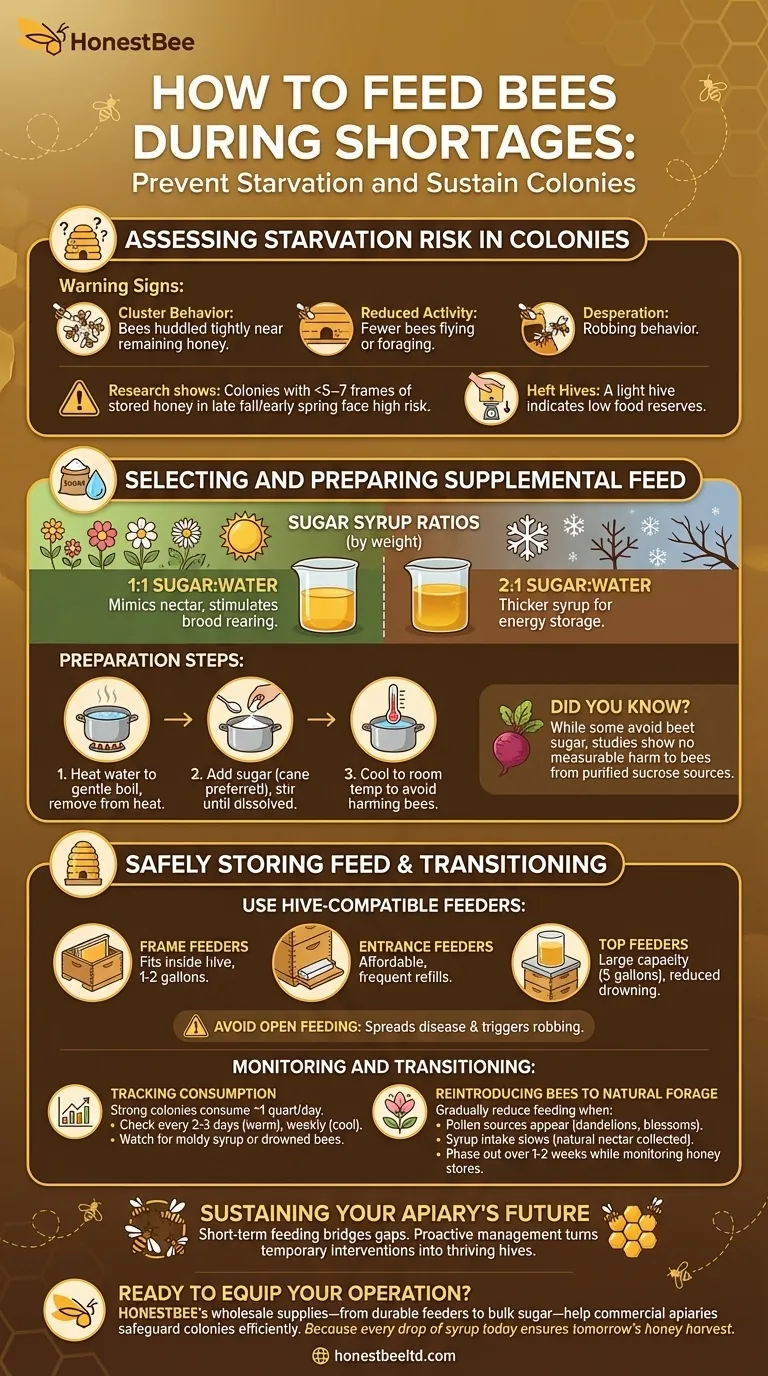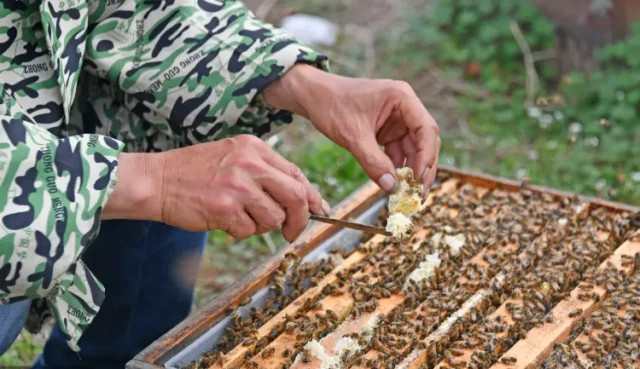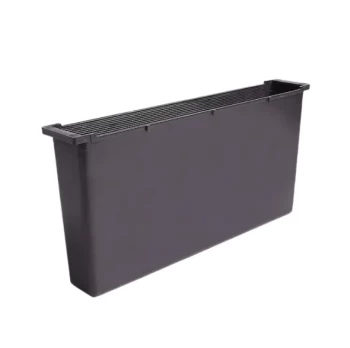Beekeepers face a critical challenge when natural forage disappears: keeping colonies nourished until blooms return. Short-term feeding isn’t just about survival—it’s about maintaining colony strength for future productivity. This guide delivers actionable strategies to assess risks, prepare feed, and monitor colonies effectively.
Feeding Bees in Critical Shortages
Assessing Starvation Risk in Colonies
Colonies can starve within days when food stores deplete. Watch for these warning signs:
- Cluster behavior: Bees huddled tightly near remaining honey stores
- Reduced activity: Fewer bees flying or foraging
- Desperation: Bees attempting to enter other hives (robbing behavior)
Research shows colonies with fewer than 5–7 frames of stored honey in late fall or early spring face high starvation risk. Heft your hives—a light hive indicates low food reserves.
Selecting and Preparing Supplemental Feed
Sugar Syrup Ratios (by weight):
- Spring/Summer (1:1 sugar:water): Mimics nectar, stimulates brood rearing
- Fall/Winter (2:1 sugar:water): Thicker syrup for energy storage
Preparation Steps:
- Heat water to a gentle boil, then remove from heat.
- Add sugar (preferably white cane sugar) and stir until fully dissolved.
- Cool to room temperature to avoid harming bees.
Did you know? While some beekeepers avoid beet sugar due to GMO concerns, studies show no measurable harm to bees from purified sucrose sources.
Safely Storing Feed Within the Hive
Use these hive-compatible feeders to minimize disturbance and robbing:
- Frame feeders: Fit inside hive bodies, hold 1–2 gallons
- Entrance feeders: Affordable but require frequent refills
- Top feeders: Large capacity (up to 5 gallons), reduce drowning risk
Avoid open feeding—it spreads disease and triggers robbing.
Monitoring and Transitioning After Feeding
Tracking Consumption and Colony Health
- Expected intake: Strong colonies consume ~1 quart of syrup daily.
- Check frequency: Inspect feeders every 2–3 days in warm weather; weekly in cooler temps.
- Warning signs: Moldy syrup or drowned bees signal improper feeder design.
Reintroducing Bees to Natural Forage
Gradually reduce feeding when:
- Pollen sources appear: Dandelions, fruit blossoms, or other local flora bloom.
- Syrup intake slows: Natural nectar is being collected.
Abrupt stops can stress colonies. Phase out syrup over 1–2 weeks while monitoring honey stores.
Sustaining Your Apiary’s Future
Short-term feeding bridges gaps in nature’s pantry, but long-term success hinges on proactive management. By matching feed types to seasonal needs and monitoring colony responses, beekeepers turn temporary interventions into thriving hives.
Ready to equip your operation? HONESTBEE’s wholesale beekeeping supplies—from durable feeders to bulk sugar—help commercial apiaries and distributors safeguard colonies efficiently. Because every drop of syrup today ensures tomorrow’s honey harvest.
Visual Guide

Related Products
- HONESTBEE Round Hive Top Bee Feeder for Syrup
- Rapid Bee Feeder White Plastic 2L Round Top Feeder for 8 or 10-Frame Bee Hives
- HONESTBEE Entrance Bee Feeder Professional Hive Nutrition Solution for Beekeeping
- Classic Boardman Entrance Bee Feeder Hive Front Feeding Solution
- Professional Hive Top Bee Feeder for Beekeeping
Related Articles
- 8-Frame vs. 10-Frame Langstroth Hives: A Practical Guide for Beekeepers
- Honey Flow vs. Langstroth Hives: Which System Delivers Better Efficiency and Bee Health?
- How to Boost Bee Colony Health with Natural Pollen: A Beekeeper’s Guide
- How to Optimize Bee Colony Health: Science-Backed Feeding Strategies for Sustainable Buildup
- How to Choose the Right Bee Feeder: Matching Capacity and Feeding Rates to Your Hive




















